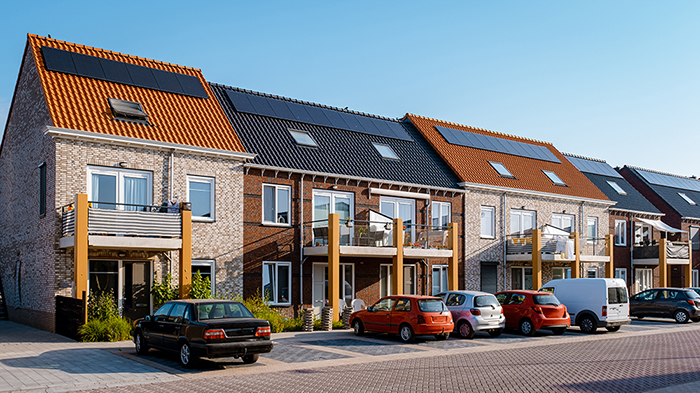Purchasing a solar power system for your home is not a one-size-fits-all solution. The same configuration may not work for every user, and the design needs to be tailored to individual circumstances. Many customers are unfamiliar with these factors. So, what should you consider before purchasing a home solar power system?
1. Local Environmental Conditions
Before installing a solar system, consider the available space and location for installation. Typically, roofs facing south, east, or west are ideal for solar panels. Homes with yards, balconies, or other open spaces may also consider installing solar awnings or carports. Beyond these, check local regulations and roof ownership if applicable.

2. Financial Considerations
Though distributed solar projects require a significant upfront investment, they are long-term, environmentally friendly assets. For example, in areas like Henan Province, each RMB 10,000 invested can generate around 3,500-4,000 kWh annually. With full connection to the grid and subsidies, the payback period can be around 5-6 years, while the equipment typically lasts about 25 years—offering substantial long-term returns.
3. Shading and Structural Impact
Designs should factor in the impact of permanent loads, wind loads, snow loads, and temperature variations on the array and building structure. Ensure the system is capable of withstanding local weather extremes. It’s essential to assess the building's load capacity before installation to design a structurally sound and safe solution.
4. Grid-Connection Options
The national grid encourages cooperation with distributed solar power applications, offering two settlement modes: “self-use with surplus sold to the grid” or “full grid connection.” For users with low power consumption, full grid connection often offers better returns. In high-usage households, self-consumption with surplus fed to the grid may be more suitable.
5. Choosing a Reputable Installer
A solar power system typically includes solar panels, inverters, cables, meters, and monitoring devices. Poor-quality equipment can not only pose a safety risk but may also affect power output. Opt for reputable installers and certified components to ensure the system’s long-term reliability.
Key Components to Consider for Your Solar System
1. Mounting System
Look for galvanized steel or aluminum mounting structures. The angle of the mount is critical—each region has an optimal angle, and deviations can reduce efficiency. High-quality installations will have mounts aligned perfectly, while poor workmanship can cause issues like uneven panel placement.
2. Wiring
In a well-installed system, all cables are encased in PVC pipes, minimizing exposure. Even where some cables must remain visible, they should be securely fastened and neatly arranged to avoid damage.
3. Connectors
Solar connectors, also known as MC4 connectors, are small but essential components that ensure safe power transfer. A simple test is to pull the connected male and female ends—if they disconnect easily, the quality is poor.
4. Distribution Box
A good solar distribution box must have clear isolation switches, surge protectors, and overvoltage and overcurrent protection. Stainless steel boxes are the most reliable and cost-effective option. Avoid low-quality metal or plastic enclosures that rust quickly or degrade under outdoor conditions.
5. Shadows
Shading can significantly reduce power generation and, over time, damage the panels. Ensure that your system design accounts for winter solstice shading—the longest shadows of the year—to avoid future power losses.







